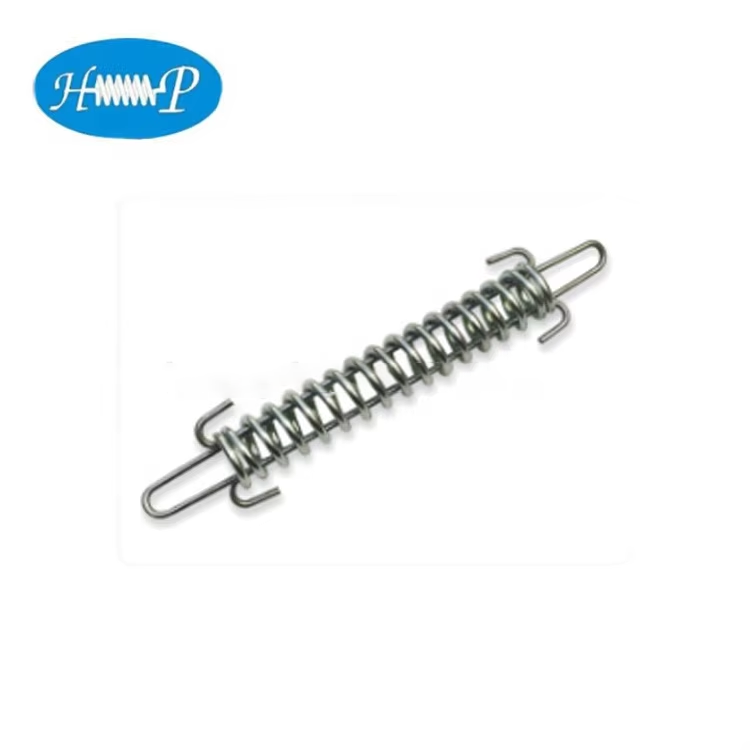Extension spring hooks are vital to many projects using springs. These hooks prevent the spring from sliding and allow it to expand and compress as necessary. Understanding how metal spring clipss function can assist you select the correct one for your project and replace it when it becomes broken.
Extension Spring Hooks Extension spring hooks are attached to the ends of extension springs. These hooks vary in shape and size, depending on the type of spring. Common extension spring hook types include: machine hooks, crossover hooks, and straight hooks.
So, when you select an stainless steel spring clips for your project, consider the spring type you’re using and the weight that you’ll be supporting. Be sure to measure the thickness of the spring wire before you buy your hook to make sure it will fit correctly. It’s also crucial that you select a hook that is constructed from a material that is strong enough to support the tension of the spring.

If the hook that hooks attached from the extension spring is damaged, be sure to replace it as soon as possible to prevent accidents. To remove a broken hook, remove the spring from your project first. Then gently pull the old hook out using pliers. Then add the new hook by bending it around the end of the spring wire and fixing it.

You had best install extension spring hooks correctly for safety and function. If the hooks are not properly installed, the spring may detach or break, posing a risk of property damage or injury. Use only as directed by the springs manufacturer and make sure the hooks are not loose before using the spring.

Extension Spring Hooks There are many kinds of extension spring hooks, the hooks mainly used in different purposes. For most projects, use straight hooks, the kind of hooks you’d normally use. Machine hooks are stronger and work better for heavy projects. Crossover hooks are used to keep the spring from slipping, and are also common in cars and factories.